Public Order Offences: Drunk & Disorderly, Disorderly Conduct, Disorderly Behaviour with Harassment, Affray, Threatening Behaviour, Violent Disorder & Riot

Tuckers Solicitors has an outstanding reputation and extensive experience in defending the full range of public order offences.
‘Public Order’ describes a whole myriad of offences within the criminal justice legal system of England and Wales. The more minor offences include breaches of the peace, drunk and disorderly, threatening words and behaviour and harassment. More serious offences involve affray, violent disorder and riot. We have successfully defended them all, and no matter how trivial or how serious your matter, we will bring in our considerable experience to achieve the best possible outcome. Some examples are as follows:
Riot
This is probably the most serious of the public order offences under section 1 of the Public Order Act 1986 and occurs where twelve or more persons, present together, all used or threatened unlawful violence for a common purpose, and that the conduct of them (taken together), was such as to cause a person of reasonable firmness present at the scene to fear for his personal safety. This often involves unrest at prisons or protests which have erupted into violence. Tuckers Solicitors worked tirelessly through the night at police stations and courts to represent many of those charged with offences during the London riots in 2012.
Violent Disorder
Under section 2 of the Act, this offence would be made out where three or more persons, present together, used or threatened unlawful violence so that the conduct of them (taken together) would cause a person of reasonable firmness present at the scene to fear for his or her personal safety.
This offence involves serious disorder falling short of those elements required to establish an offence under section 1. The offence may be committed in a public or private place.
Affray
Under section 3 of the Public Order Act 1986, it must be proved that a person has used or threatened unlawful violence towards another, and his conduct is such as would cause a person of reasonable firmness present at the scene to fear for his personal safety. The offence may be committed in a public or private place and the police do not need to charge three people for the charge to be made out. Examples include a fight between two or more people in a busy public place, indiscriminate throwing of objects, eg fireworks directed towards a group of people in circumstances where serious injury is or is likely to be caused or wielding a weapon in a way which causes people substantial fear for their safety.
Section 4, 4A and 5 offences
These public order offences relate to varying levels of alleged threatening, abusive and insulting words or behaviour and the definitions are specific in each section. There are circumstances where a defendant would have a defence, for example where he used or threatened violence in defence of himself or another, or of property. You should seek the assistance of our criminal defence team to discuss each particular charge and what the police must prove.
Our lawyers are available 24 hours a day, 365 days a year, providing immediate legal advice, assistance and representation during criminal proceedings; ensuring the best possible outcome for our clients. For more information please contact us on 020 7388 8333 or email info@tuckerssolicitors.com
